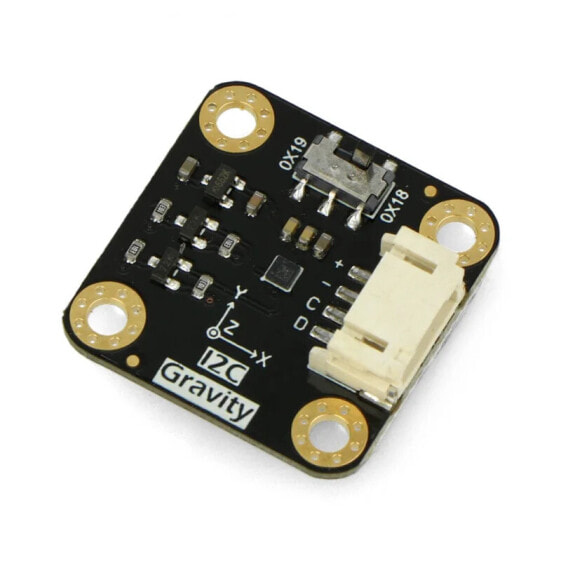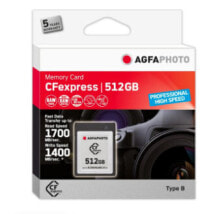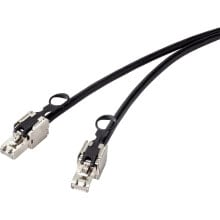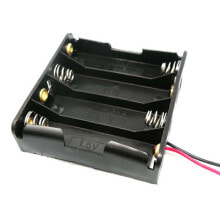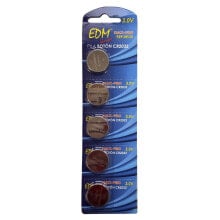Gravity - LIS2DW12 - 3-axis accelerometer ±2g/±4g/±8g/±16g - I2C - DFRobot SEN0409
- Product Code:
- 111100028
Properties
- Voltage To
- 3.3 V
- Voltage From
- 5.0 V
Other features
- Brand
- DFRobot
- Transducer Type
- accelerometer
Description
Gravity module in a form of 3-axis accelerometer, which allows to measure linear acceleration. It has a built-in LIS2DW12 chip (belonging to the popular LIS series) and is powered by a voltage in the range of 3.3 V to 5 V. Additionally, the sensor from DFRobot has the ability to measure acceleration in the range of ± 2 g / ± 4 g / ± 8 g / ± 16 g. The measurement frequency ranges from 1.6 Hz to 1600 Hz.
Suggested application- Free fall detection
- Activity detection and recording
- Single/double touch detection
- Self-balancing robot
- Aircraft
- Human Activity Detection
- 6D / 4D orientation detection
Gravity - LIS2DW12 - 3-axis accelerometer included with dedicated connection cable.
Connection of accelerometer with Firebeetle-M0 board using Gravity connector.
The module has a Gravity compliant connector. Thanks to it there is no need to solder additional connectors, and whole connection process is much faster and more comfortable.
- VCC/+ - power pin in 5 V / 3.3 V
- GND/- - chip mask
- SCL/C - I2C communication interface clock line
- SDA/D - I2C communication interface data line
- Gravity - H3LIS200DL - 3-axis accelerometer - I2C - from DFRobot
- Gravity 4-pin I2C/UART connection cable - 1 pc.
Product compatible with Adruino, Raspberry and micro:bit from BBC
A detailed user guide is available on the manufacturer's website, which makes getting started with the module much easier. There are also libraries for the various development environments available for download on GitHub.
Accelerometer is a sensor that allows to determine selected body parameters. We're talking about acceleration measurement (in three axes), so the term accelerometer is used interchangeably. Accelerometer is a transducer that measures linear acceleration, that is, it measures its own motion. Not sure where an accelerometer is used? It's easy - you can even find one in your mobile phone.
You can learn more about accelerometer in the article available on our blog - welcome!
What is accelerometer? Answers to this question can be found on Botland blog!
Equipped with Gravity connector.
- Module type: accelerometer
- Purpose: to measure linear acceleration
- Embedded chip: LIS2DW12
- Acceleration measurement range: ± 2 g / ± 4 g / ± 8 g / ± 16 g
- Measuring frequency: 1.6 Hz to 1600 Hz
- Supply voltage range: 3.3 V to 5 V
- Operating current:
- 8 µA to 10 µA in low power mode
- approximately 0.12 mA in high performance mode
- Connector standard: Gravity
- Communication interface: I2C bus
- I2C interface address:
- 0x19 (default)
- 0x18 (optional)
- 16-bit data output
- Operating temperature range: -40°C to 85°C
- Shock resistance 10000 g
- Sleep and wake-up function
- Very low noise level: 1.3 mg RMS (low power consumption mode)
- 32-level FIFO
- ECOPACK, RoHS and Green compliant
- Module dimensions: 27 x 27 mm
- Mounting hole size:
- inner diameter: 3.1 mm
- external diameter: 6 mm
- Manufacturer's website: DFRobot SEN0409
- User guide
- Arduino library forLIS sensor series
- Library for LIS sensor series - Python
- Sample program code - reading the acceleration x, y and z
- Sample program code - wakeUp function
- Diagram
- Technical Documentation LIS2DW12
